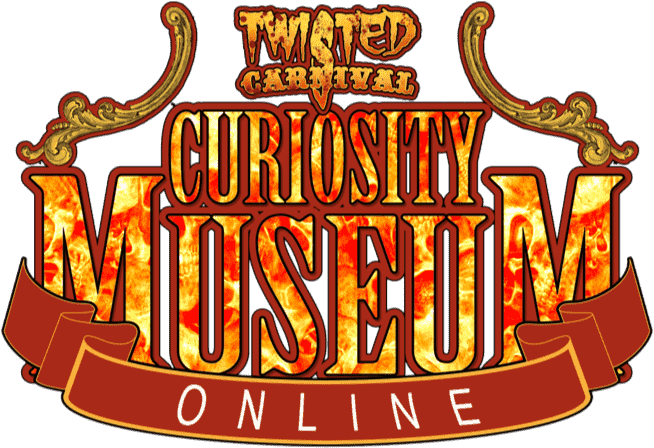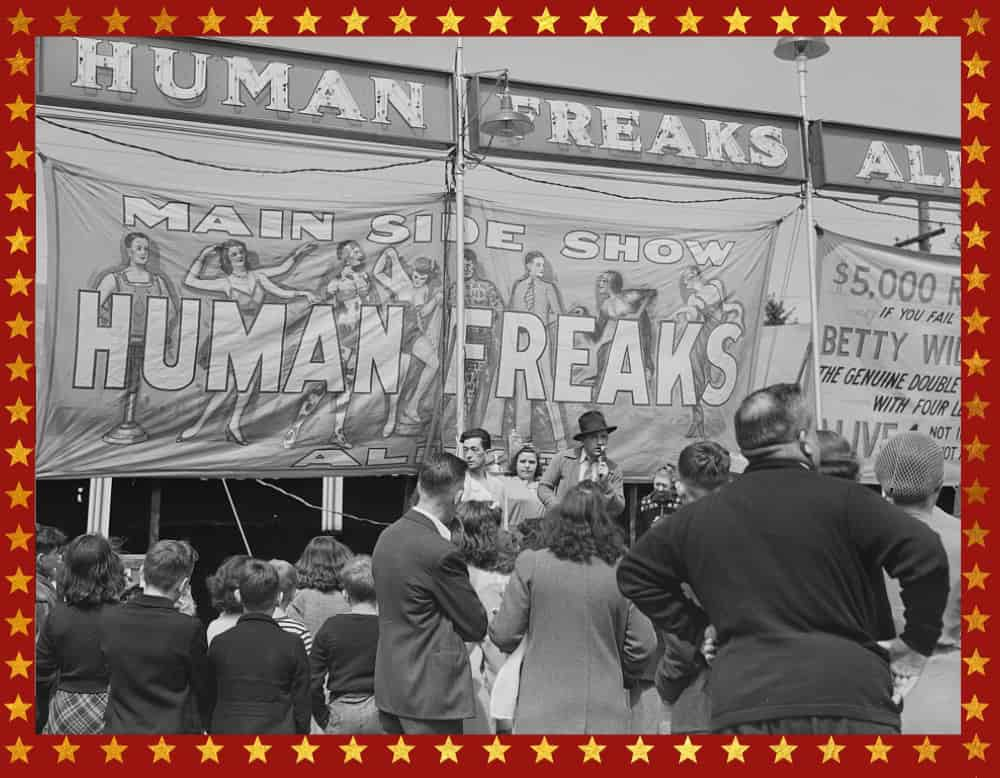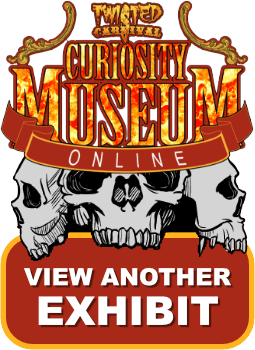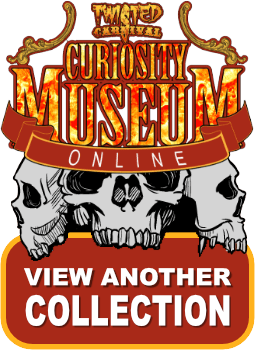
First Freak Show

Content Warning: The circus side show industry predominantly employed individuals with disabilities who faced challenges in securing alternative employment opportunities. Despite these obstacles, many of them enjoyed substantial financial compensation and lived fulfilling lives. The primary objective of this article is to provide knowledge and commemorate the lives of these individuals. It should be emphasized that the intention is not to diminish their worth or dignity based on their disabilities.
The following content contains sensitive material that may be distressing or triggering for some individuals. Reader discretion is advised.
During the 19th century, circuses sought to attract audiences by offering sensationalist “sideshows” alongside their more mainstream performances and acts. These sideshows showcased individuals and animals with physical differences, as well as historical curiosities or wax statues. Referred to as “dime museums,” these shows charged visitors a small fee to witness a variety of exhibits, commonly known as “Human Curiosities,” “Odditoriums,” “Human Wonders,” or “Freak Shows.” The central attraction of these sideshows was the “freak,” an individual who possessed distinctive physical characteristics. These performers, often marginalized by society, had limited options for earning a livelihood beyond the confines of the circus.
In 1738, a significant event marked the emergence of the first documented traveling sideshow in American history. This sideshow featured a woman who had been brought from West Africa and was put on display. An advertisement in Virginia described her as standing at 4 feet tall, possessing a woman’s body but “the face of an ape.” Unfortunately, this description vividly reflects the prevalent racism and dehumanization of that era.
The residents of Lynchburg had become accustomed to the presence of traveling sideshows, as the Hill City served as a regular stop for numerous such attractions. One notable instance occurred in 1821 at the Bell Tavern, where an exhibition showcased a “Mammoth Baby.” According to the advertisement, this child, at the age of six, was claimed to be the largest in the world, weighing an astonishing 135 lbs. These sideshows continued to captivate audiences, presenting an array of curiosities that included living two-headed cows and individuals referred to as “The Human Fly.”
In the year 1840, P.T. Barnum established the American Museum in New York City, offering visitors the opportunity to enter for a mere dime and witness a multitude of exhibits. Among the displays, numerous creations were fabricated historical artifacts conjured from Barnum’s imagination. Regrettably, the museum also became a dwelling place for individuals whose physical differences were considered worthy of public exhibition. Attendees flocked to see people with conditions such as dwarfism, albinism, and microcephaly.
Following two devastating fires in 1865 and 1868, Barnum made the decision to take his show on the road, thus initiating a new tradition in American circus entertainment. By venturing into the realm of traveling exhibitions, Barnum paved the way for a distinctive circus experience that would captivate audiences across the nation.
The “freak show” gradually emerged as one of the most sought-after attractions within circuses, captivating audiences with a blend of unique individuals and remarkable performers showcasing extraordinary talents. Sword swallowing, fire breathing, and acts involving being a “human pincushion” were among the awe-inspiring tricks performed. People from diverse ethnic backgrounds or possessing distinct physical abilities were put on display, and spectators would pay to witness individuals who lacked limbs or struggled with obesity. The spectacle included the presentation of giants and individuals of short stature, alongside conjoined twins or those with cognitive impairments.
During the arrival of Cole’s Circus in Lynchburg in 1885, acts featuring Arabian, Mexican, and Bedouin performers were prominently promoted. Tragically, these individuals were often regarded not as fellow human beings but as mere objects of entertainment and amusement. Exploitation by their circus employers was prevalent, perpetuating a dehumanizing environment that prioritized profit over compassion.
Despite the exploitation and mistreatment that was prevalent, some “freak show” performers found acceptance and built close relationships with their fellow entertainers. Some of these performers also gained great fame and high salaries. General Tom Thumb (real name Charles Stratton), a performer with dwarfism in Barnum’s travelling circus in the 1840s, was even presented to Queen Victoria and her family several times. Stratton and his wife were even received by President Abraham Lincoln after their wedding reception in 1863. Though such a rise to fame was rare, many sideshow performers were just as famous as mainstream entertainers such as actors.
The popularity of “freak shows” endured until the 1940s, when a shift in public opinion began to take place. Throughout the 20th century, various federal laws were enacted to protect individuals with physical disabilities from discrimination, and some states even outlawed the exhibition of “extraordinary bodies.” The public’s perception of these displays changed significantly as they recognized the exploitative nature of the freak shows, no longer viewing them with mere curiosity.
Today, there is a resurgence of “freak shows,” but with a notable difference—this time, the power lies in the hands of the performers themselves. Thriving shows were once present in locations like Venice Beach, California, and Coney Island, New York City. In 1966, the International Independent Showmen’s Association (IISA) was established in Gibsonton, Florida, providing retirement benefits for performers. These shows now primarily feature highly paid consenting adult performers, giving them autonomy and agency over their own acts.

Join Us
Subscribe to Twisted Carnival’s newsletter for an exhilarating journey into the realm of dark wonders, with captivating secrets, announcements, and exclusive offers, keeping you one step ahead and immersed in thrilling tales as part of their mesmerizing subscriber community.
Get a front-row seat to Twisted Carnival’s macabre spectacle on social media, with twisted artistry, mesmerizing performances, behind-the-scenes glimpses, and exclusive event updates, connecting you to a community of thrill-seekers and captivating tales.


